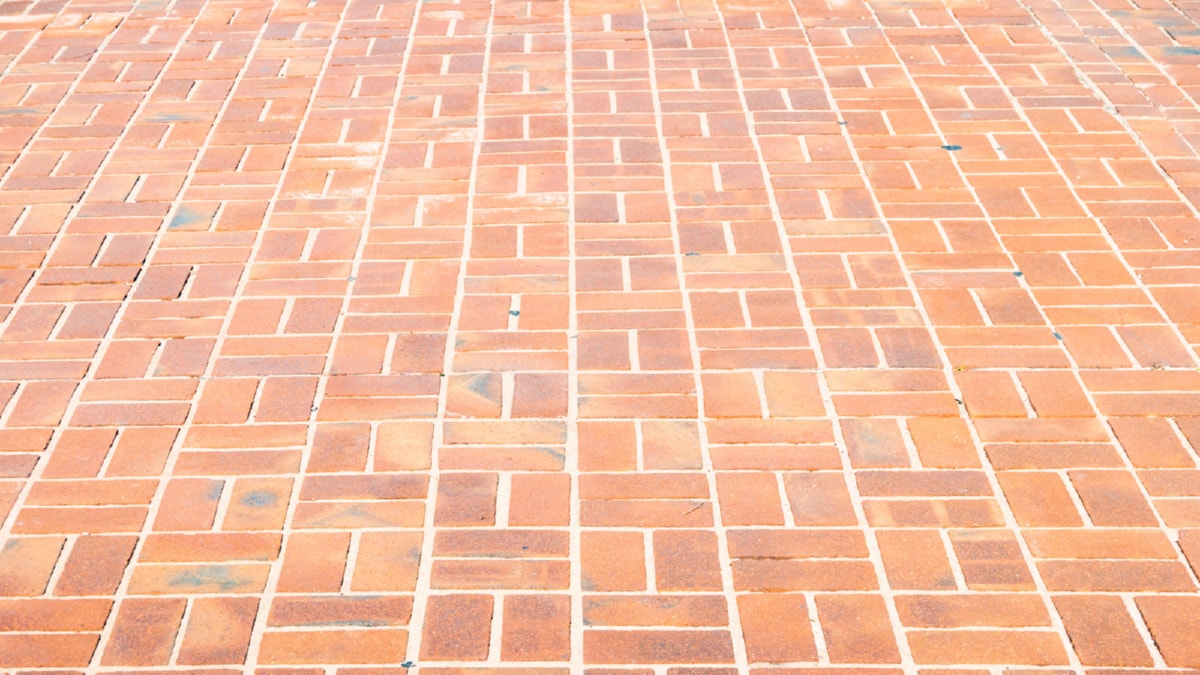Sustainable construction practices are the need of the hour. The construction industry is responsible for a significant portion of global carbon emissions, waste production, and energy consumption. Therefore, it is vital to explore innovative approaches in sustainable construction practices to mitigate these environmental impacts and create a more sustainable built environment.
One such innovative approach is the use of green building materials. These materials, including recycled steel, bamboo, and hempcrete, have a lower impact on the environment compared to traditional building materials. They are often renewable, have low embodied energy, and can improve the energy efficiency of buildings. For example, hempcrete is a bio-composite material made from the inner woody core of the hemp plant mixed with lime. It is a natural, non-toxic, and energy-efficient building material that can significantly reduce the carbon footprint of buildings.
Another emerging trend in sustainable construction is the use of modular and prefabricated buildings. These buildings are constructed off-site in a controlled environment, reducing waste, and improving the quality and efficiency of construction. Moreover, modular buildings can be disassembled and reused, contributing to a circular economy in the construction industry.
In addition, digital technologies are playing an increasingly important role in sustainable construction. Building Information Modeling (BIM) is a digital representation of the physical and functional characteristics of a building. It allows for improved planning, design, construction, and management of buildings, leading to more efficient use of resources and less waste. Similarly, 3D printing technology is being used to create complex building components with less waste and energy.
Furthermore, passive design principles are being incorporated into buildings to reduce their energy consumption. Passive design uses the natural energy flows of the site and climate to provide for the comfort of the occupants. This includes techniques such as orienting the building to take advantage of the sun’s heat, using natural ventilation to cool the building, and incorporating high-performance insulation and glazing to minimize heat loss.
The concept of green roofs and walls is another innovative approach that not only improves the thermal performance of buildings but also contributes to urban biodiversity and reduces stormwater runoff. These living roofs and walls are covered with vegetation, providing a habitat for wildlife, improving air quality, and creating a pleasant environment for people.
Lastly, the use of renewable energy sources in construction, such as solar panels and wind turbines, is becoming more common. These technologies can provide clean, renewable energy for buildings, reducing their reliance on fossil fuels and reducing their carbon emissions.
In conclusion, these innovative approaches in sustainable construction practices are not only beneficial for the environment but also have economic and social benefits. They can reduce the operating costs of buildings, improve occupant health and wellbeing, and create more resilient and sustainable communities. It is essential for all stakeholders in the construction industry to embrace these approaches and contribute to a more sustainable future.
For more details, check best masonry services or visit their business listing here.



